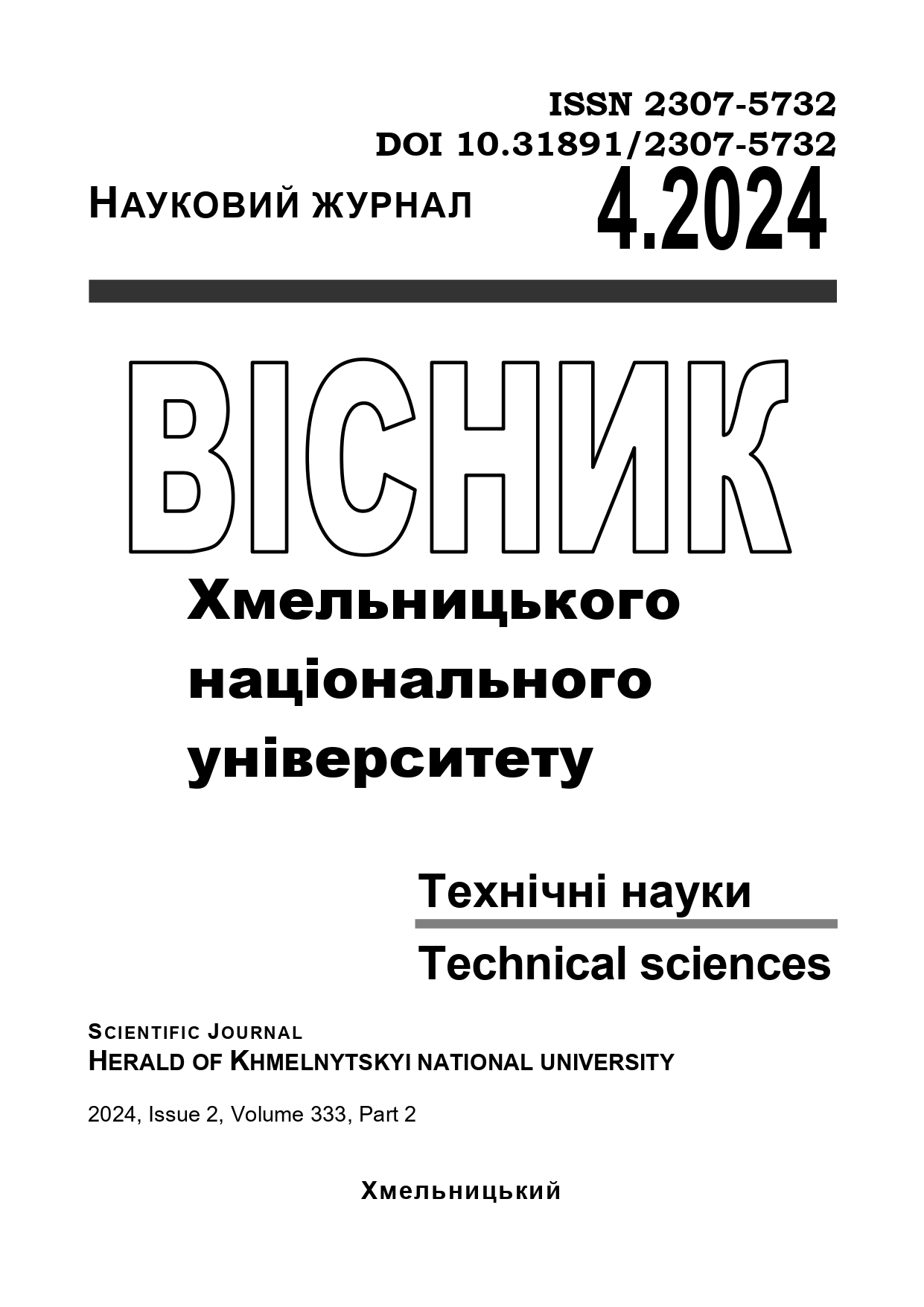ANALYSIS AND RESEARCH OF DEFENSE SYSTEMS BASED ON COGNITIVE MODELING IN PREDICTING THE BEHAVIOR OF INTRUDERS
DOI:
https://doi.org/10.31891/2307-5732-2024-339-4-44Keywords:
cognitive cyber-physical systems, dynamic models, continuous architecture, digitalisation.Abstract
The article discusses an approach to the development of large-scale cognitive cyber-physical systems characterised by a high level of structural, functional and architectural dynamics. The main idea of the proposed approach is to use several modern paradigms for building cyber-physical systems, such as continuous architecture, flexible architecture, digital twins and digital flows. A three-level model of a cognitive cyber-physical system is proposed. In order to ensure the required level of flexibility of the system, this possibility should be laid down at earlier stages of the life cycle, i.e. at the development stage. At the top level, the system is described in terms of a continuous architecture, at the middle level, the system is represented as a system with a flexible architecture, which is described as a multi-level relatively finite automaton, and at the bottom level, structural and functional models are used to illustrate the system in the process of functioning. The article provides examples of using the proposed approach.

